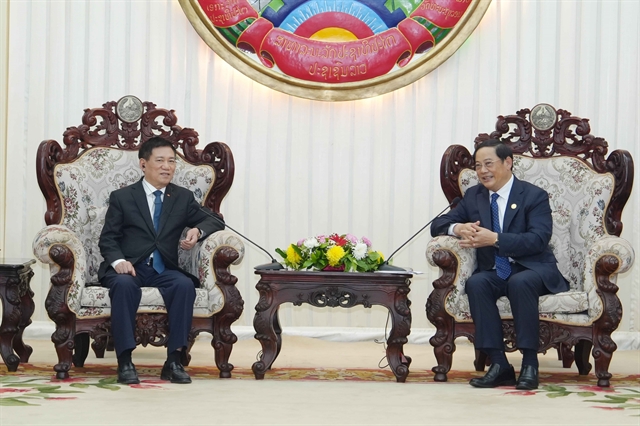 Society
Society

Renewable energy plays a vital role in helping Việt Nam accomplish the long-term goal of having the whole country electrified, experts said at a conference on Tuesday.
 |
| Solar panels installed on Trường Sa Island. — Photo courtesy of EVN |
HÀ NỘI — Renewable energy plays a vital role in helping Việt Nam accomplish the long-term goal of having the whole country electrified, experts said at a conference on Tuesday.
Participants at the conference, jointly held by the Việt Nam Sustainable Energy Association and the Climate Change Working Group, discussed what renewable energy can do to support the countryside electrification programme.
Việt Nam’s countryside electrification programme for the period 2013-20 plans to ensure 100 per cent of households in remote areas have access to light and power by 2020.
According to the Electricity of Việt Nam (EVN), power lines were built to 99.98 per cent of countryside communes and 98.83 per cent of total households in 2017, which comes very close to the target.
The work towards the final 100 per cent, however, was very challenging as most of the remaining households were located in the most remote areas including the mountains in the north or the isolated border villages in the Mekong Delta, Đinh Duy Phong from the Division of Countryside Electrification under the Administration of Electricity and Renewable Energy said.
Cần Thơ University’s Dragon-Mekong Institute deputy head Ass Prof Lê Anh Tuấn said that the household solar panel model proved to be a very suitable solution for the Cửu Long Delta.
For the first time ever, Việt Nam had two border hamlets of Vồ Bà and Tà Lọt in the province of An Giang completely powered by solar energy.
Solar energy was not the only solution, he added. The region could seek more power from other renewable energy sources like wind, biomass and tides.
“If calculating the long-term cost-effectiveness, renewable power is not more expensive than that fueled by coal,” Tuấn said.
“The cost to develop coal power in the Mekong Delta in fact is very high, and increases by approximately 2 per cent per year.” — VNS




